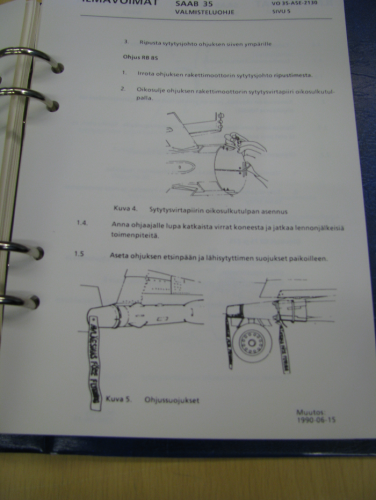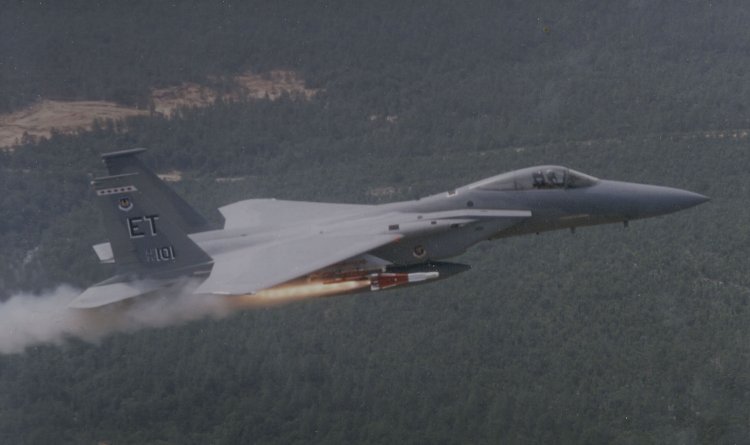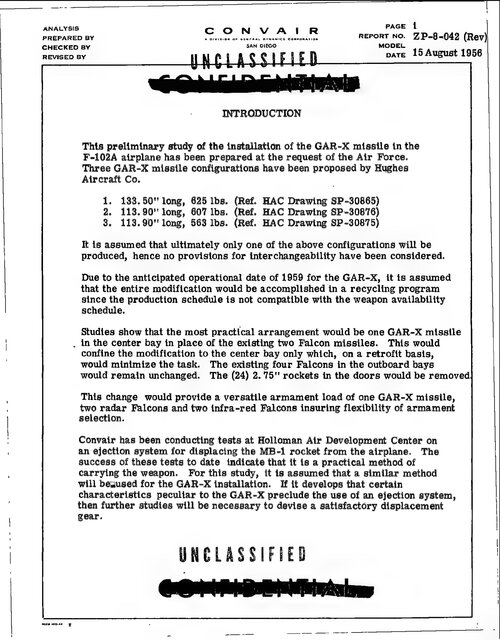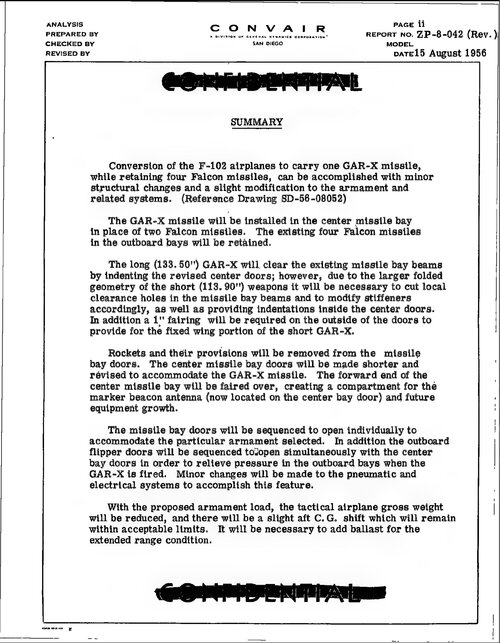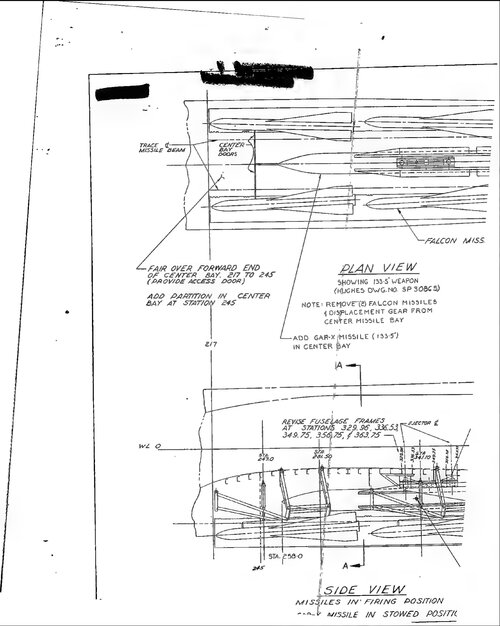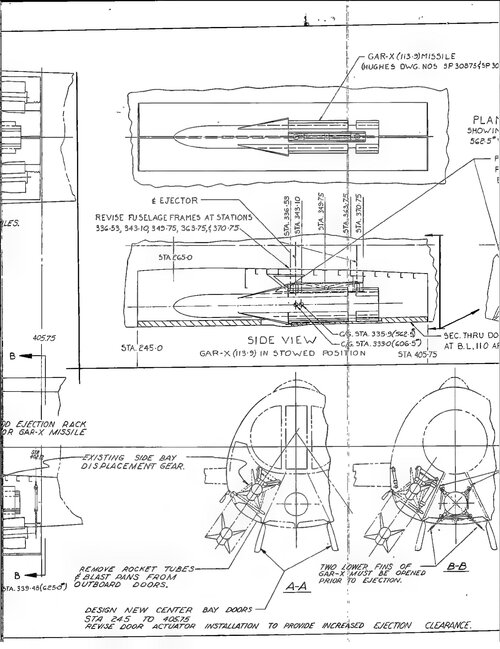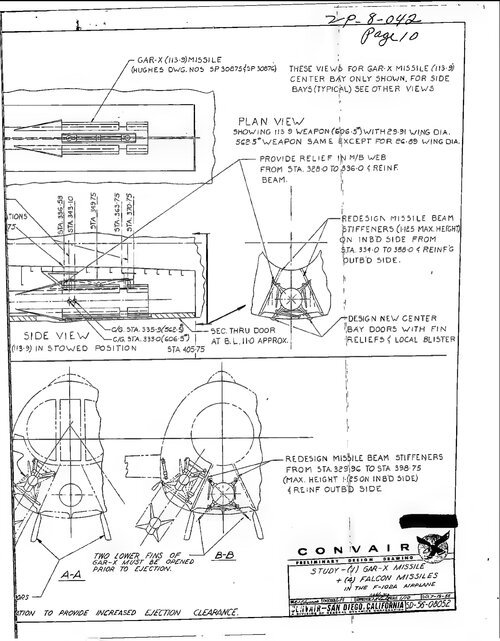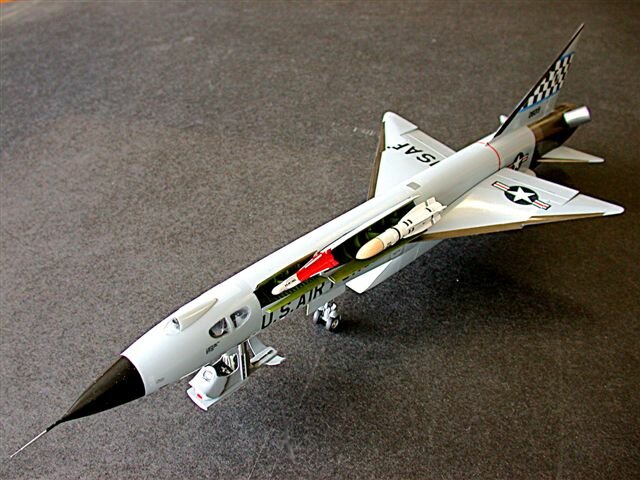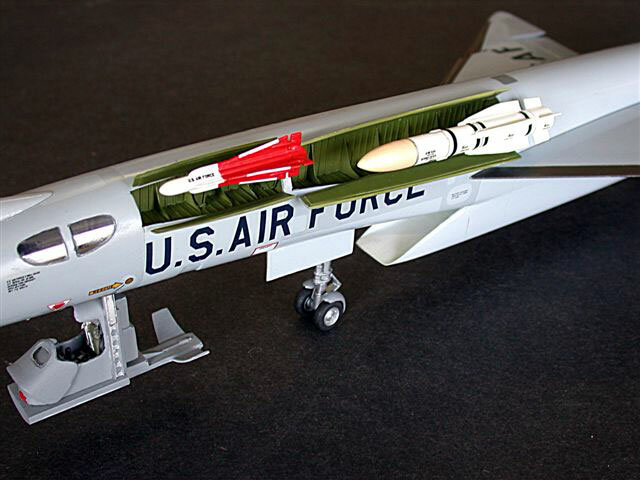With an infra-red guided missile such as the Sidewinder, the discriminating ability of the seeker head — i.e. the ability to discriminate between different heat sources and their respective backgrounds — depends on the seeker head's own temperature, relative to the temperature of the ambient air. Therefore, the seeker head of an active missile is cooled up to minus 160 degrees Celsius in order to establish optimal sensitivity. The effective range of a cooled missile is 10-16 km, depending on the weather conditions — clouds tend to "mask" infra-red radiation — and the degree of humidity. The initial
AIM-9B was uncooled. As a result, target acquisition and lock-on was extremely difficult, as experienced in combat by he US services. From the
AIM-9D model on, the infra red detector was cooled. The
US Navy and
US Marine Corps used 6 litre nitrogen bottles in the LAU-7 launch rail, providing for 2.5 hours of seeker cool down, reflecting the primary fleet defence requirement. The
US Air Force opted for Peltier thermoelectric cooling, allowing unlimited cooling time while the missile was on the launch rail (and – of course – power was applied). Later models use an internal Argon cooling system, eliminating the need for use of nitrogen bottles or internal bottles. The seeker head is cooled with specially treated air (officially the expensive Argon should be used instead). The air is filtered and de-hydrated, then compressed to 345 bar (5,000 psi) and stored in a small stainless-steel bottle, which is placed near the missile foreplanes. The de-hydration process is necessary in order to prevent the head from being frozen. A small amount of compressed air is continuously being expanded, causing a small stream of air, cooling the seeker head. Within two minutes the seeker head temperature is at the required level. The initial cooling is taking up most of the air; maintaining the temperature at the required level is taking up relatively less air. Nevertheless, the time the seeker head temperature can be maintained at the required level is limited. During long missions, the amount of compressed air available must be used wisely. Therefore, in most cases the missiles will only be activated when they actually will be used.

